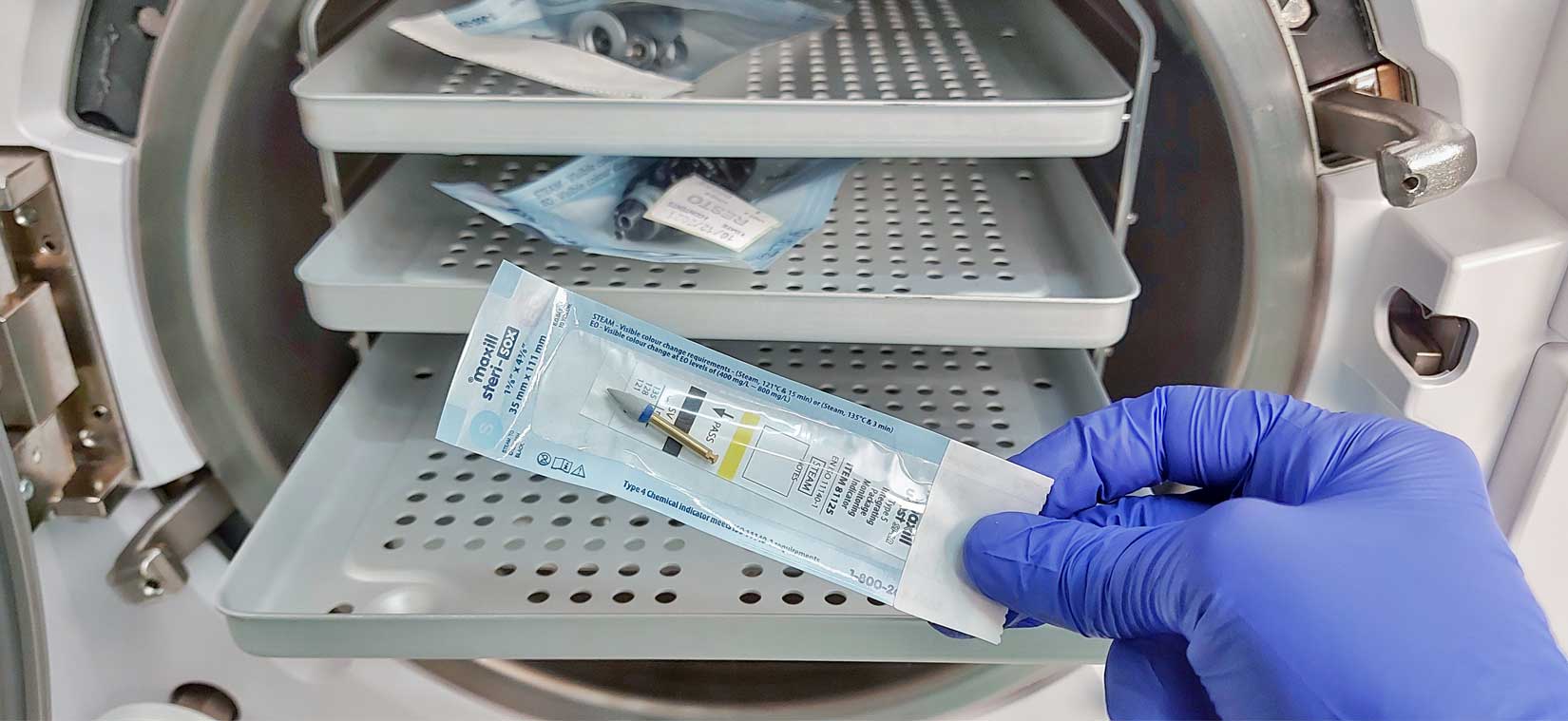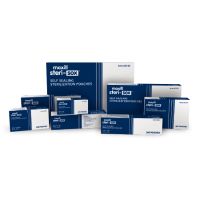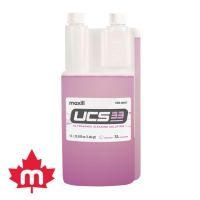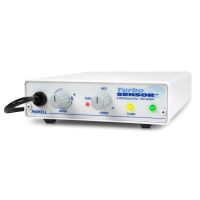Reprocessing of Burs: Your Homework, Read the Small Print!

There are two main elements to the reprocessing of a dental bur. First, what does the manufacturer of the bur state to do with the bur? Is it single use or can it be reprocessed? Second, if it can be reprocessed what are the steps from end-to-end use that meet IPAC standards of practice?
Somewhere in the burs package will be an insert for manufacturers instructions for use (MIFU). The majority of dental offices pitch the MIFU in the garbage as, quite sure the DDS in 4 years of dental school stacked with anywhere from one to twenty-one years in practice, knows how to use the bur. When we read MIFU we think of the steps for use, however, this also includes a statement from the manufacturer if the product is single-use, or steps for safe usage if the item is deemed heat tolerable and capable of being reprocessed. MIFU’s include the IPAC side of the product, and if they don’t, well they MUST (not should!) as each dental office MUST know the parameters of sterilization (time, temperature, and pressure) for every item that is reprocessed. In many geographical areas, public health authorities and dental regulatory bodies pre-warn dental offices to gather MIFU’s and have them organized, otherwise, the outcome of a practice audit that is missing MIFU’s can potentially be shut down until that MIFU is located. As with any reprocessed item, burs must have the MIFU for sterilization parameters prior to use.
RELATED: A STEP BY STEP GUIDE TO REPROCESSING DENTAL HANDPIECES AND BURS
Should Single-Use Burs Be Reprocessed:
If the MIFU states the bur is single-use, this means the manufacturer conducted testing using an electron microscope post-cleaning, drying, packaging, and sterilizing and concluded there was gross debris remaining in the intricate cutting edges of the tiny bur. This can be paralleled to your kitchen, think about the small forks that collect food debris and are baked on from the dishwasher’s heat. Would you use that fork to eat? No, you would need to scrub the food particles off and then run it through the dishwasher again, in essence, reprocessing the fork. Easy when you can see the cooked food on the fork, but not so easy when a small bur with minuscule cutting edges that have a serrated texture cannot be seen with the naked eye. That is okay, the manufacturer did the testing for you and deemed an elevated level of risk for cross-contamination and hence why the bur is labeled single use. Years ago, before endo files were labeled a substantial risk if reprocessed, a wonderful DDS that I worked with took it upon herself to look at a properly reprocessed endo file under her magnification loupes. Guess what happened after that? The office NEVER again re-processed endo files.
Here is a perplexing question, what if the MIFU states both? Some burs MIFU state they are single-use AND in exceedingly small print also offer the parameters for sterilization as to how they must be sterilized. So, what then? Pitch or sterilize? This is where a risk assessment is required to determine the level of risk the bur can potentially offer in cross-contamination. Manufacturers have been asked to make the MIFU noticeably clear. When unsure, contact the manufacturer or run your risk assessment by a dental regulatory college’s practice advisors.
Reprocessing of Multi-Use Burs:
Some manufacturers depending on the strength of the bur material may have a recommendation to use the bur only so many times before it becomes unsafe or too dull. If the MIFU states, that the bur can be re-processed there are conditions to the reprocessing. The instructions would typically list to clean, examine for retention of debris, clean again if needed, and sterilize. Often the omitted step is packaging, and this step has gained increased attention in the last few years. A big YES burs need to be placed in a sterilization pouch of an appropriate size . Flashing, a.k.a. sterilizing unpackaged, is not an acceptable sterilization practice in any geographical area. Burs cannot be bunched together in a small pouch. If more than one bur is in a pouch, the pouch must have enough space to separate the burs and the loading of the pouch in the sterilizer chamber must be horizontal, not vertical with attention to ensure the burs are not touching.1 Why not vertical? Vertical loading can only host single bagged items or cassettes that are holding each instrument secure. As soon as the pouch is tilted vertically all the contents will slip onto one another. Best practice is for each bur to be sterilized individually. Are you thinking that is a lot of work? Manufacturers have recognized this labor intense task and have individually pre-packaged and pre-sterilized burs. Voila, problem solved! Our Ohio Forge Multi-Use Diamond Burs come pre-sterilized in convenient rolls of 10.
Should You Reprocess Your Dental Burs?
Here is some homework, locate your bur package inserts, find the following:
- Is the bur single-use or multi-Use? Single-use burs are usually not heat-tolerant and usually cannot be reliably cleaned, disinfected, or sterilized.
- Is the bur labeled both single-use and the manufacturer offers parameters for sterilization? This is where a risk assessment is required. When unsure, contact the manufacturer.
- If multi-use, what are the parameters of sterilization: time, temperature, and pressure?Follow the MIFU and best practice!
Document all this data in your IPAC manual to include a list of the MIFU of the burs. If you do not have the MIFU of the burs, you will need to obtain them, and in this case, your homework task may take slightly longer. Nonetheless, the homework needs to be done as the small print of the bur is crucial to your practice staying open and client safety.
Sources:
- Canadain Dental Hygienist of Ontario, Milestones 2018, Issue 1. "Setting the Record Straight on Infection Prevention and Control" Accessed December 2021










